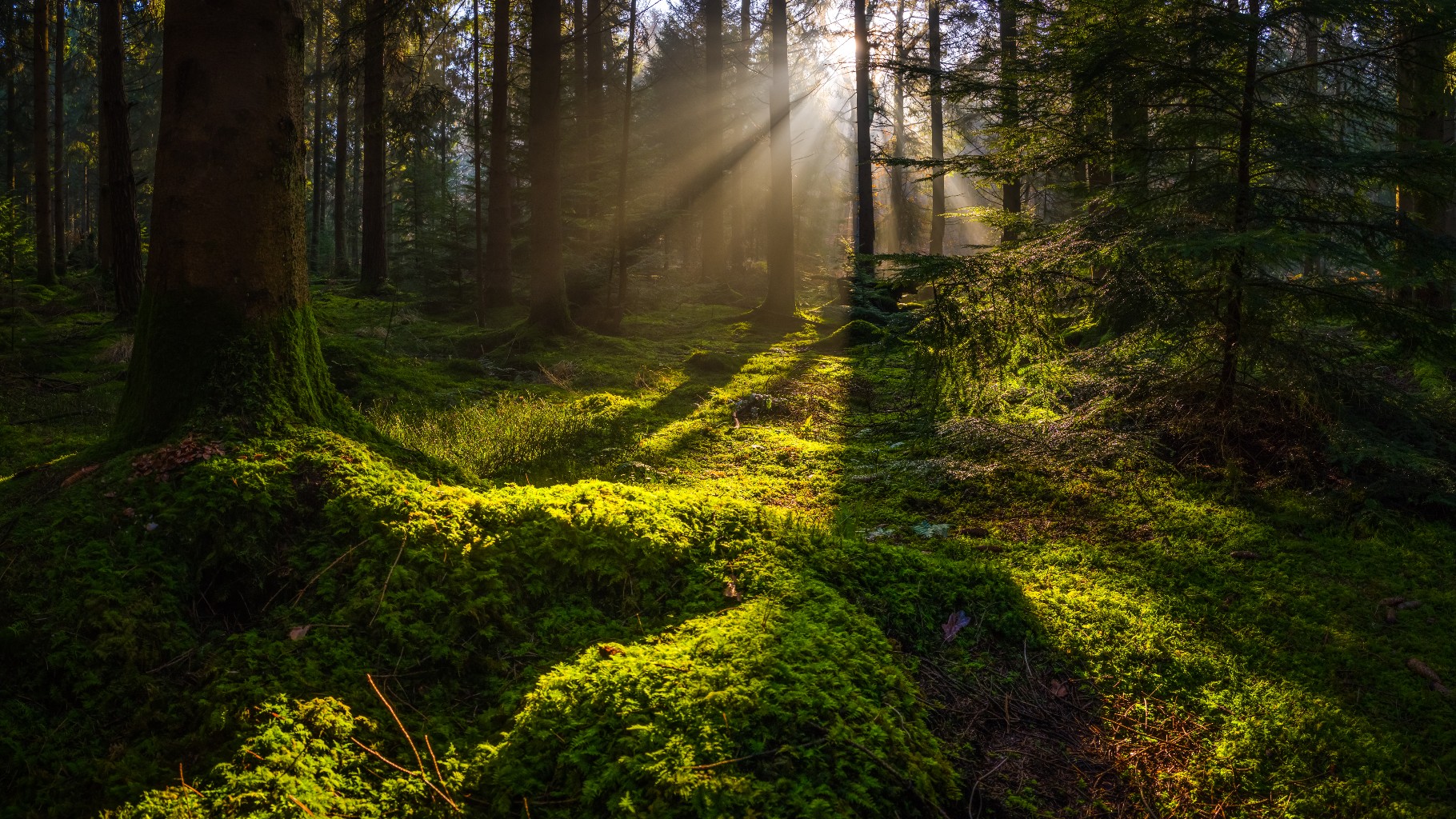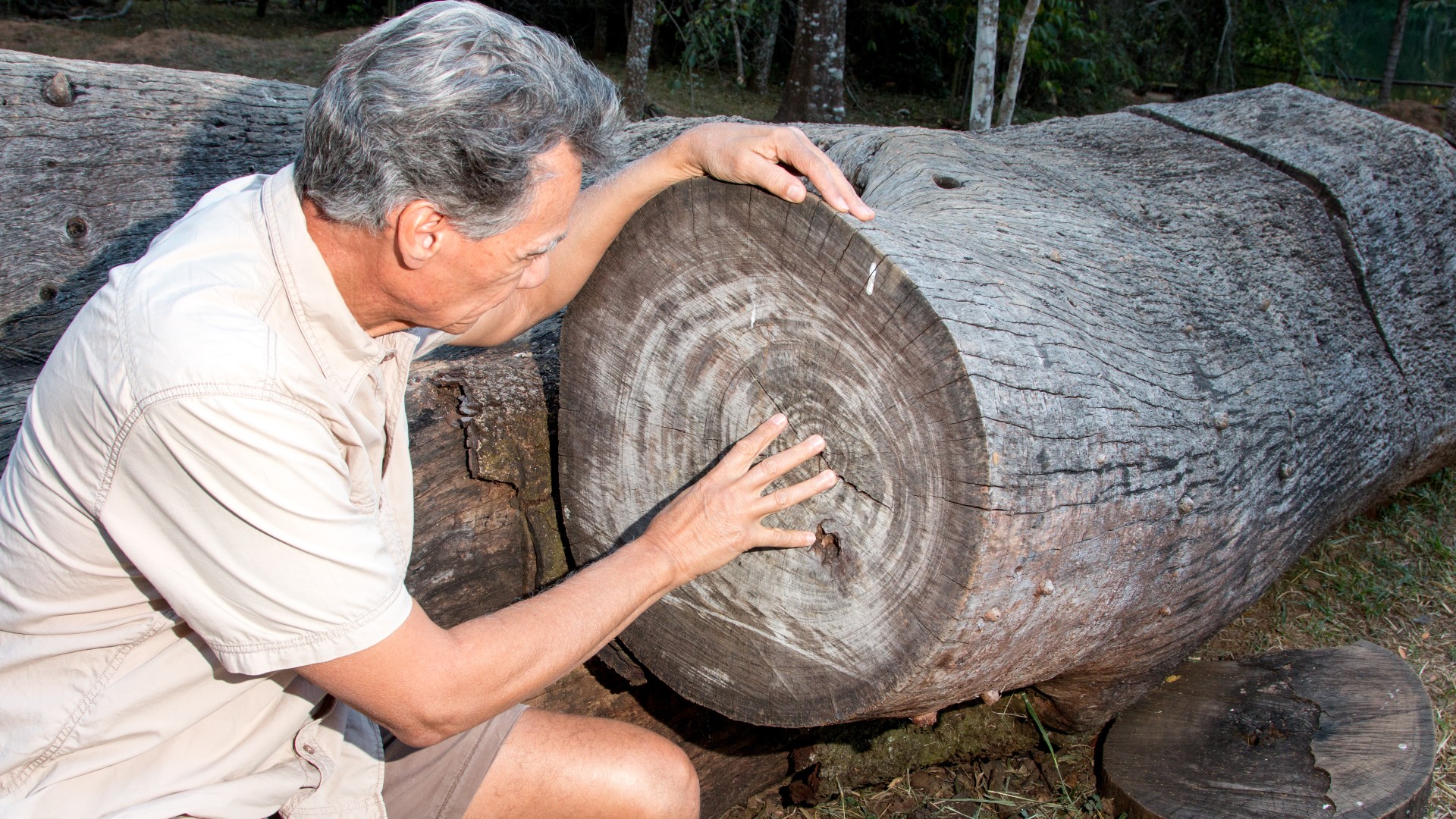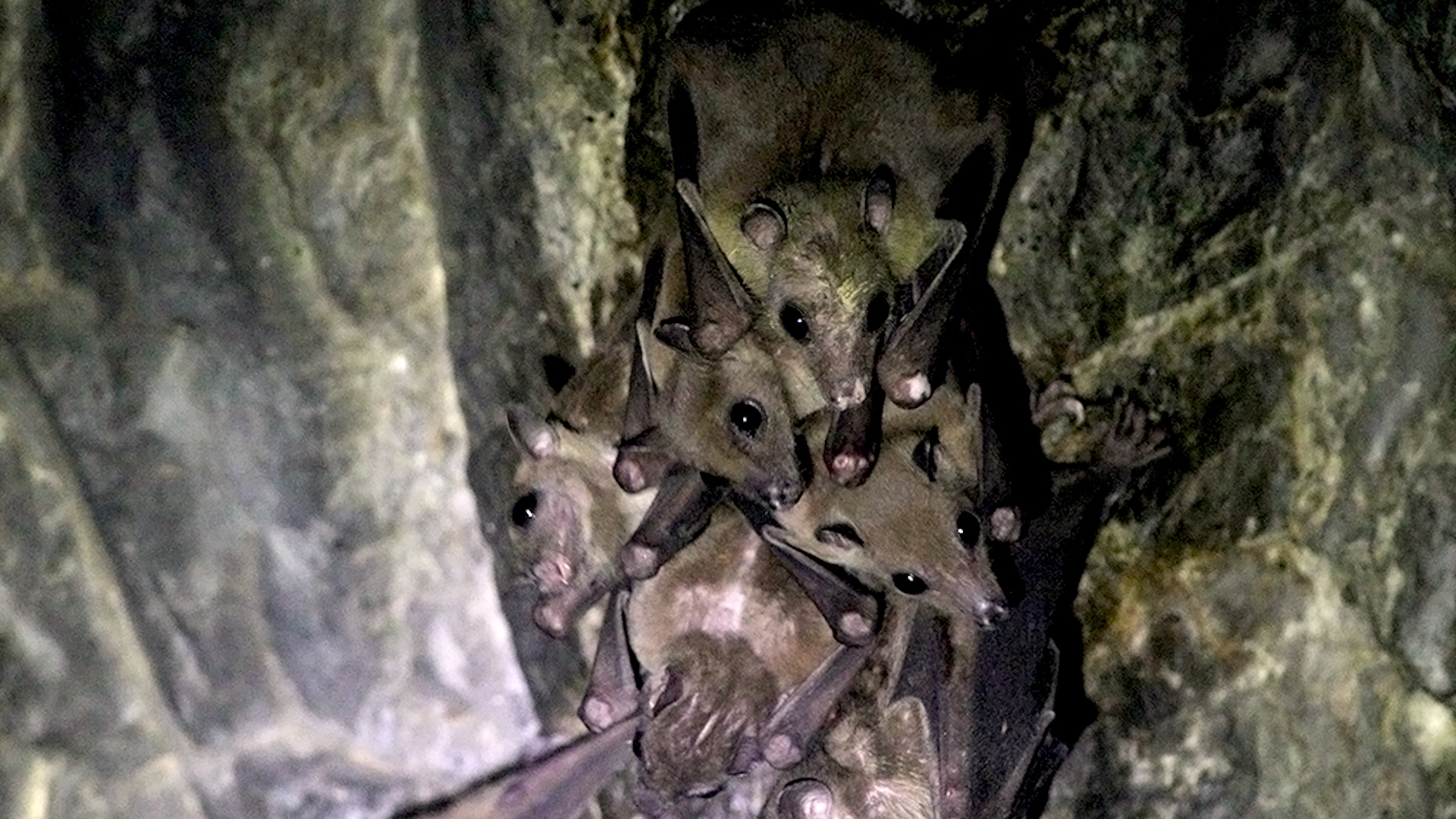When did Earth's first forests emerge?
Trees have a birthday, just like any other type of organism.

From Earth's tallest living plants, California's redwoods, to the planet's largest tropical rainforest, the Amazon, stately forests may seem timeless. But like every species or ecosystem, they have a birth date. In fact, though plants first arrived on land about 470 million years ago, trees and forests didn't hit the scene until nearly 390 million years ago.
During that interval, plant life slowly evolved genetic precursors needed to produce trees, which then outcompeted other plants, Chris Berry, a paleobotanist at Cardiff University in the United Kingdom, told Live Science.
In 2019, Berry and colleagues reported on the oldest forest on record, in the journal Current Biology. This forest, uncovered in Cairo, New York, revealed that features characteristic of trees and forests — namely wood, roots and leaves amid a population of dozens of plants — appeared "far earlier than previously suspected": in the early Devonian period, 385 million years ago, the researchers said in the study.
Related: Do trees exist (scientifically speaking)?

The Cairo site preserved fossilized root systems of ancient trees, pinpointing where they would have appeared in life, Berry said. "We don't see fossils of the trees, but we see a map of exactly where those trees were standing," he said. "So what we learn is the ecology of the forest."
That fossilized "map" features Archaeopteris, an ancient plant that boasted "large woody roots and woody branches with leaves," like modern trees, according to a report from Binghamton University in New York. Previously, the earliest known Archaeopteris find had placed the plants' arrival 20 million years later, Science reported.
The development of these early forests depended on the evolution of precursors to defining tree traits, Berry said. "I think the trigger is evolutionary, the development of anatomies which allow more complex branching," he said. Such anatomies arrived once plants had evolved "the genetic toolkit to be able to build" tree-like structures, Berry said. Early branching systems, for example, developed just before the Devonian, in the Silurian period (443.8 million to 419.2 million years ago), while the first roots arrived in the early Devonian, according to two reports from the Brooklyn Botanic Garden. Tree traits thereafter conferred major advantages, particularly the ability to rise above competition to soak up sunlight.
Get the world’s most fascinating discoveries delivered straight to your inbox.
Some environmental changes may have made at least one important tree feature possible, however. Megaphylls, leaves that are common today and are characterized by branching veins, can grow much larger than their predecessors, thus absorbing more sunlight. They first appeared about 390 million years ago but started out small and became widespread only 30 million years later, at the end of the Devonian, according to a 2001 study in the journal Nature and a 2021 PBS "Eons" episode featuring the study.
That delay occurred because high carbon dioxide (CO2) levels made Earth too hot for large, megaphyll leaves, the study found. They'd simply absorb too much sunlight and overheat. Plummeting CO2 levels in the Devonian, however, doubly benefited megaphylls: Reductions in this greenhouse gas cooled the planet, while large megaphylls could fit in more pores called stomata to take in higher levels of dwindling CO2. Such leaves could then help push forward the forest revolution.
Originally published on Live Science.

Michael Dhar is a science editor and writer based in Chicago. He has an MS in bioinformatics from NYU Tandon School of Engineering, an MA in English literature from Columbia University and a BA in English from the University of Iowa. He has written about health and science for Live Science, Scientific American, Space.com, The Fix, Earth.com and others and has edited for the American Medical Association and other organizations.

